If you’re looking for an adventure beneath the waves, diving in Aguila de Osa is a must-try experience. This lodge is the doorway to an underwater paradise, calling out to all diving enthusiasts. However, with so many dive spots around, choosing the right one can be overwhelming. That’s when we come in.
At Bill Beard’s Costa Rica, we’ve been sending vacationers to this breathtaking location since Aguila de Osa’s inception. It remains our top accommodation choice because of its nearby diving spots. That’s why you can trust us to help you find the perfect one for your spectacular ocean adventures.
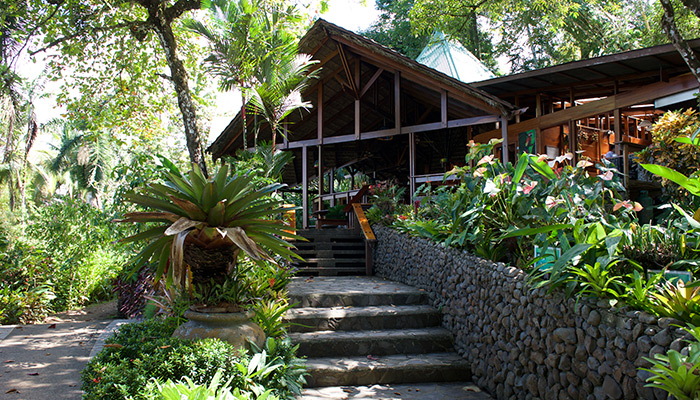
Aguila de Osa Inn – Rainforest & Marine Adventure Hub
Aguila de Osa finds its home on the Osa Peninsula, a region that opens the door to the rich marine life of the Pacific Ocean. The peninsula is renowned for its incredible biodiversity and is considered one of Earth’s most ecologically significant areas.
As a true rainforest and marine adventure lodge, Aguila de Osa overlooks a panorama of Drake Bay from the mouth of the Agujitas River. It is only a short distance from two of Costa Rica’s most precious natural gems, Corcovado National Park and Caño Island Biological Reserve.
The best part is that a vibrant jungle surrounds this destination and provides the ultimate ecotourism experience: peaceful luxury and limitless adventure in a magnificent natural setting.
Sitting on your balcony, lying in your hammock, or enjoying a delicious meal at the restaurant, you need to have your camera handy. When viewing Drake Bay, Isla del Caño, and the Pacific Ocean, you will surely see toucans, scarlet macaws, and white-faced and howler monkeys.
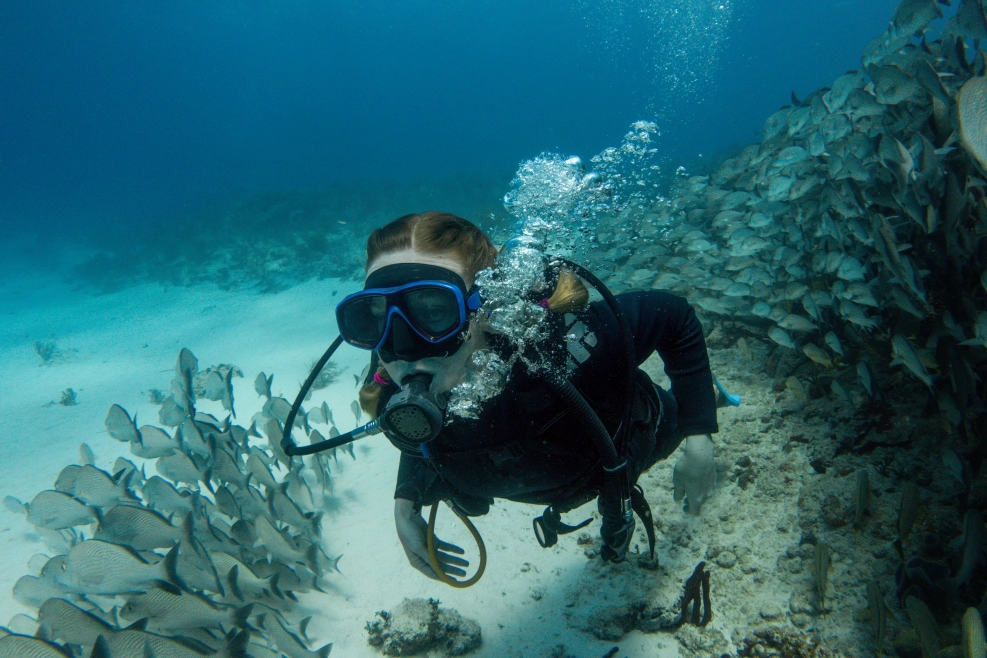
How to Get There
Getting to Aguila de Osa in Costa Rica involves a combination of air and water travel. Here’s a general guide on how to reach this stunning destination:
- Fly from San José to Palmar Sur.
- Upon arrival in Palmar Sur, you must take a ground transfer to reach Sierpe, the gateway to the Osa Peninsula.
- From Sierpe, take a boat ride to Drake Bay. Depending on the location of your accommodation, you may need a short additional boat ride or transfer to reach your destination.
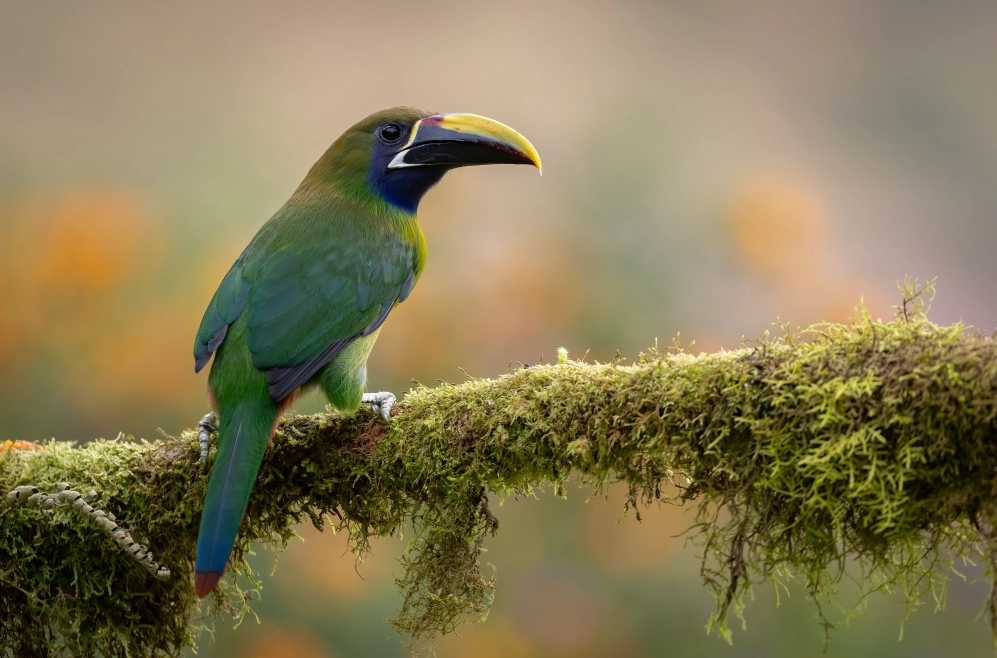
A Top Dive Spot Around Aguila de Osa
For one of the best diving experiences in Costa Rica, look no further than Caño Island Biological Marine Reserve. This island is a true diver’s paradise, just 13 miles off the coast of Drake Bay and the Osa Peninsula.
Its clear tropical waters are adorned with volcanic rock formations, canyons, and vibrant corals, creating an ideal spot for underwater exploration. You may spot brilliantly colored coral, schools of various fish, and sharks like whitetip reef sharks, nurse sharks, bull sharks, great hammerheads, and whale sharks throughout the year.
The waters around Caño Island also host a collection of rays, including manta rays, eagle rays, mobula rays, cow rays, and more. In addition, the rock formations can host blennies, frogfish, harlequin shrimp, various eels, and even octopuses.
As you explore, you’ll encounter enormous schools of barracuda, horse-eyed Jack, milkfish, and vibrant groups of grunts, snappers, and porkfish. Don’t miss the tropical-colored fish like damselfish, wrasse, king angel, Moorish idols, and more!
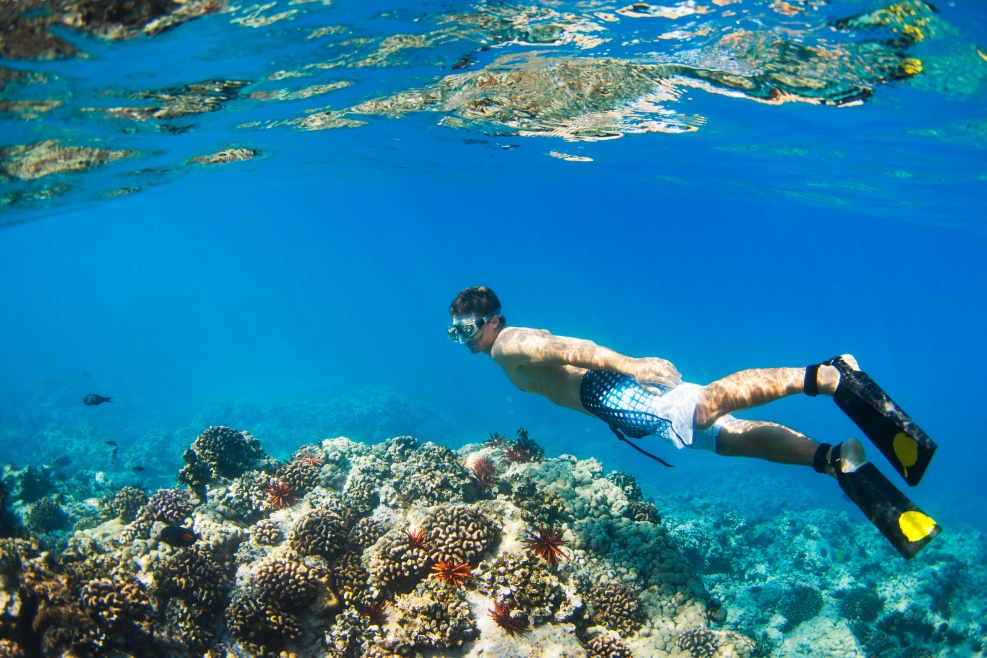
Dive Sites That Need to Be on Your Radar
Check out three of the best dive sites near Caño Island:
Cueva del Tiburón (Shark Cave)
Half a kilometer from the island’s ranger station and at a maximum depth of 60 feet, this site is characterized by abundant volcanic rock and pinnacle formations that dominate the area. One of these pinnacles has evolved into a cave, serving as the residence for a small school of whitetip sharks.
While navigating through the rock formations, you can spot numerous smaller tropical fish, including sea horses, puffers, damsels, Moorish idols, Pacific blue boxfish, and goatfish. The best part? The chances of spotting turtles, mobula rays, and stingrays are quite high.
Keep in mind that visibility typically extends to 30 feet or more, and there’s often a stunning display of colors as sunlight reflects off the diverse hues of hard coral.
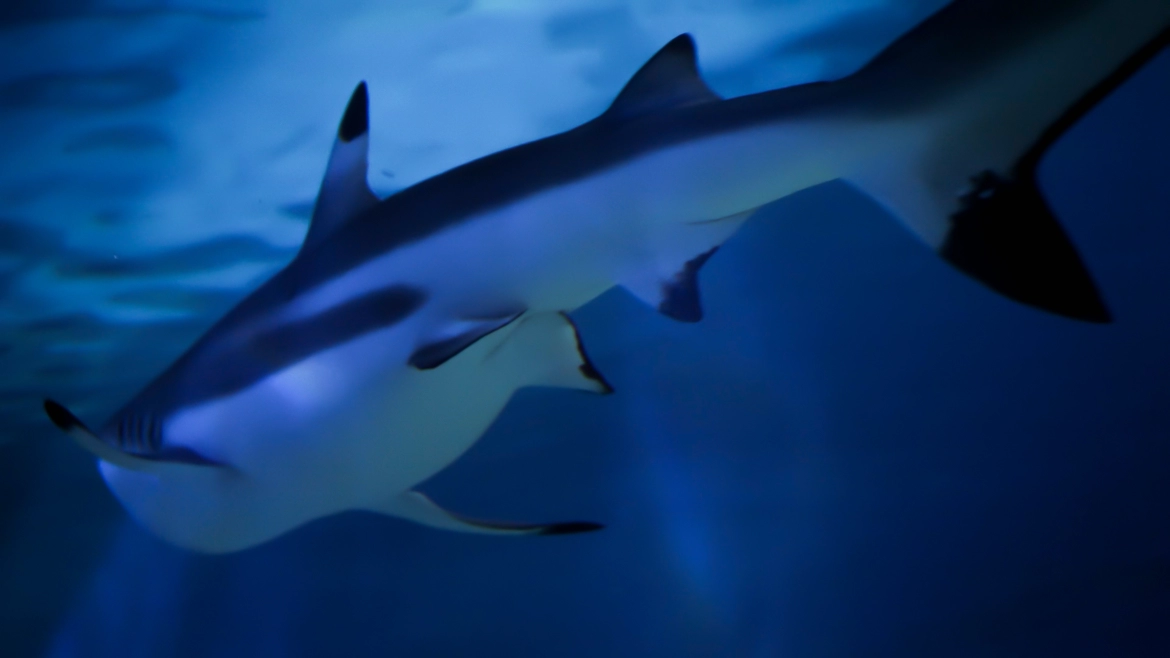
El Arco (The Arch)
This site has marine life similar to the “Shark Cave,” except that when you pass under this arch, schools of grunts await on the other side for a mesmerizing swim-through experience.
During your exploration, you can encounter amberjack, large cubera snapper swimming alongside and through the schooling fish, and several exceptionally large lobsters. Keep in mind that touching is prohibited, as this site is within one of Costa Rica’s 30 national parks.
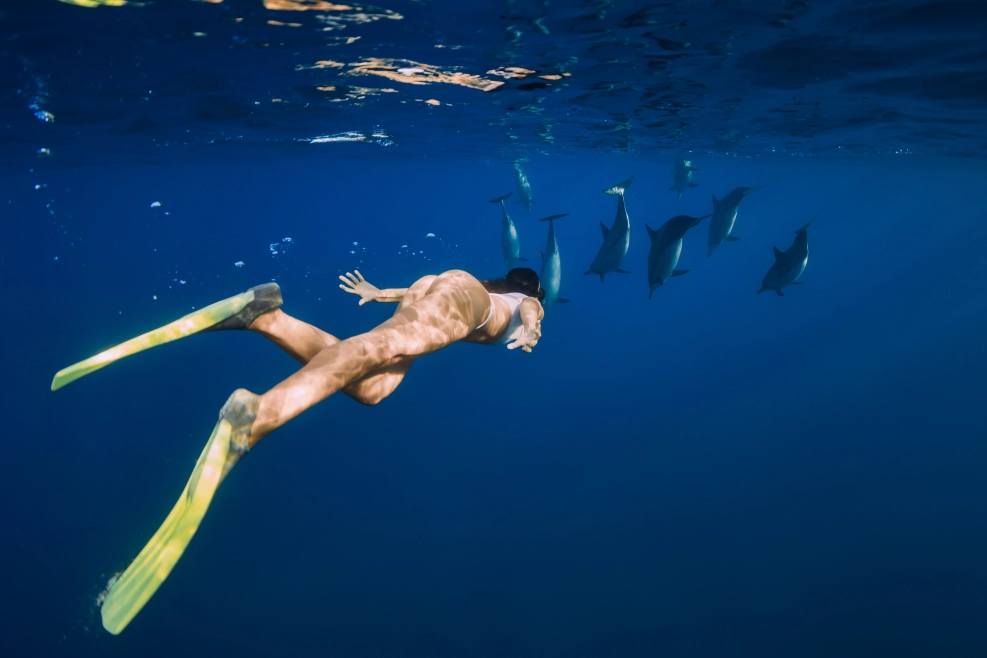
El Bajo del Diablo (The Devil’s Rock)
This site lies two kilometers from the island and features giant underwater pinnacles with depths of 130 feet, reaching within 20 feet of the surface with large rock formations, canyons, and valleys.
This location alone is worth diving 5 times without visiting the same spot. You can encounter majestic mantas with wing spans ranging from 15 to 20 feet, and if you’re lucky, the elusive whale shark may make an appearance (though infrequently).
You can also witness schools of hundreds of horse-eye Jacks, barracudas, Jack Crevalle, and Cubera snappers weighing over 75 lbs. Keep an eye out for whitetip sharks, mobula rays, and the occasional presence of bull sharks or nurse sharks.
Tropical fish such as pufferfish, king angels, damsels, boxfish, Moorish idols, and five species of eels inhabit these waters, too. The list goes on and on. Just coming to Caño Island to dive into this site is worth it!
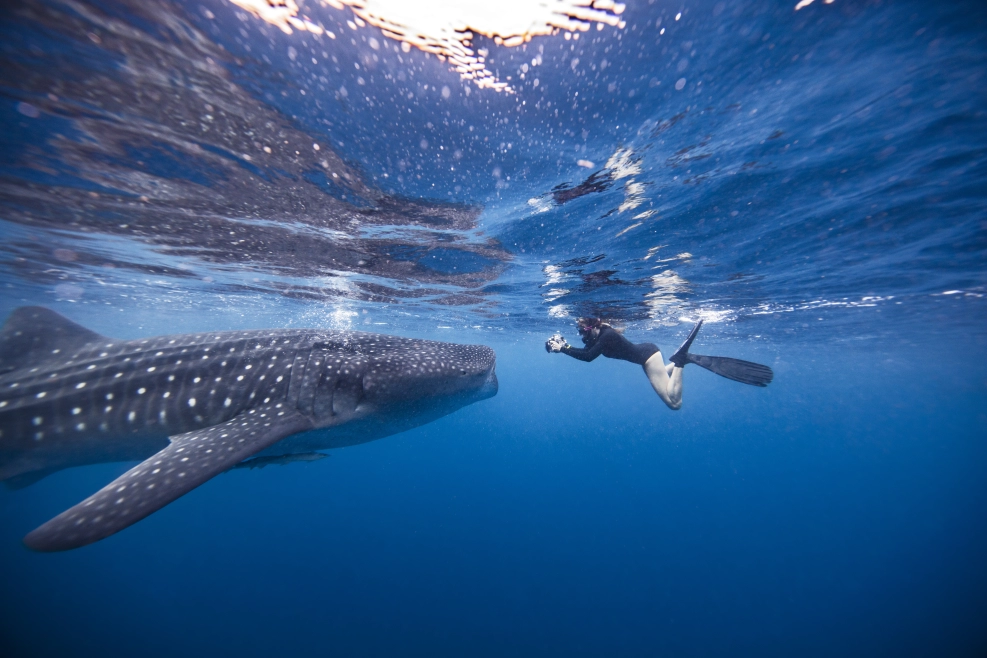
Let Your Underwater Adventure Begin with Bill Beard’s Costa Rica
It’s no wonder why Aguila de Osa is a popular destination for people looking to take in the area’s breathtaking natural beauty, fauna, and underwater fun.
At Bill Beard’s Costa Rica, we’re your go-to guide for discovering the best dive spots in Costa Rica. We offer privately escorted tours, first-class accommodations, and custom vacation packages throughout the country. In addition to scuba diving, we offer five adventure tours daily from Aguila de Osa. Trust us to help you enjoy amazing diving and wildlife.
Contact our team at Bill Beard’s Costa Rica now to start planning your perfect diving vacation!
Stay connected:
- Direct: 954-453-5044
- Fax: 321-400-1404
- Toll-free: 877-853-0538
- Local number (Costa Rica): 2479-7089 (Available from 9-5 PM)
- Office hours: 8-6 CST M-F & Sat 9-5 CST
- Email: agent@billbeardcostarica.com
